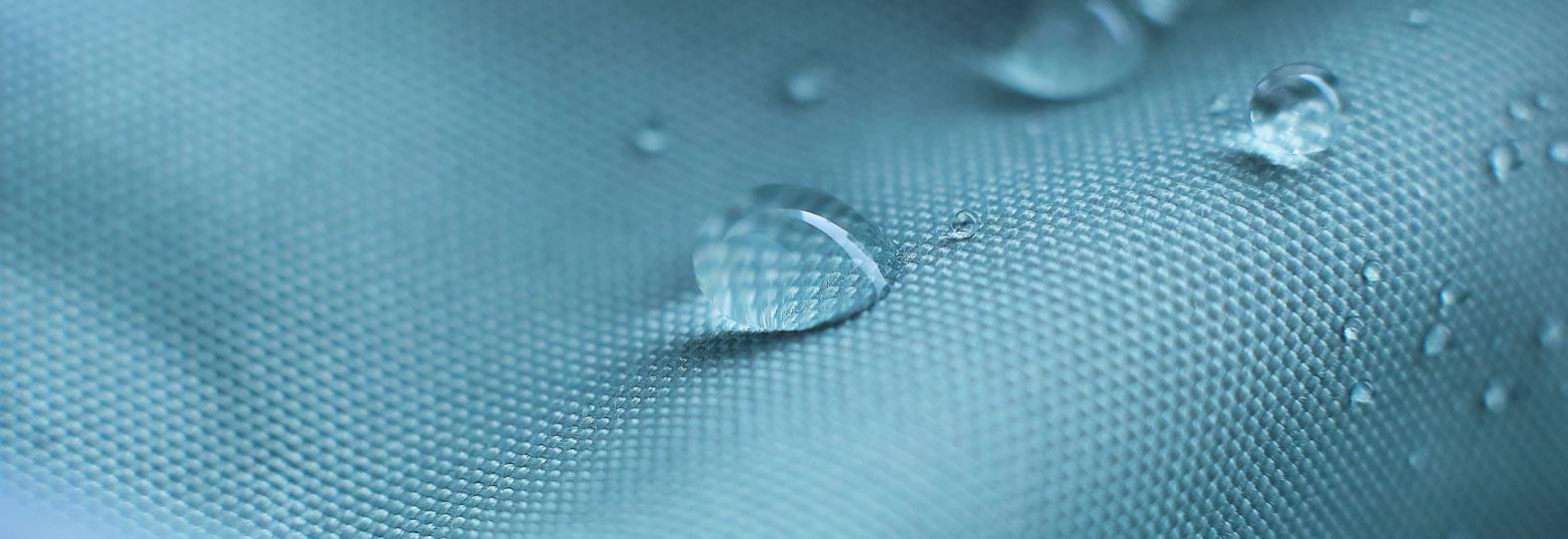World Water Day, celebrated on March 22nd every year, reminds us of the significance of clean and safe water sources for our planet. The event, organized by United Nations-Water and various partners, aims to promote sustainable water and sanitation for all by 2030. This year's theme is "Accelerating Change," with a focus on enhancing water supply and sanitation services through capacity building in regulation. However, we are far off track on Sustainable Development Goal (SDG) 6, which aims to provide everyone with safely managed water and sanitation by 2030.
The challenges related to water, such as droughts in the United States and Pakistan floods, have been exacerbated by climate change, which is putting significant stress on the planet's water resources. Mismanagement of water resources, combined with pollution, has intensified water stress and degraded water-related ecosystems, leading to adverse effects on human health, economic activities, food and energy supplies, and the decline of aquatic biodiversity. In order to meet future demand, global production of food, fibre, and feed must increase by 50 per cent, requiring 35 per cent more water resources.
Industrial water consumption has emerged as a significant challenge to environmental sustainability, primarily due to untreated wastewater discharge, a lack of water-efficient technologies, and inadequate recycling and reuse techniques. Among industries, the textile sector is notorious for its heavy reliance on water, making it the second-most polluting industry and contributing to 20 per cent of industrial wastewater pollution. According to a report by the Ellen MacArthur Foundation, the fashion industry alone consumes a staggering 93 billion cubic metres (21 trillion gallons) of water annually, equivalent to filling 37 million Olympic swimming pools.
In the textile manufacturing process, finishing and dyeing are the most polluting and energy-intensive operations. Finishing involves applying chemicals or treatments to the fabric to achieve the desired look or feel, such as bleaching, softening, or making the garment water-resistant or anti-wrinkle. Both finishing and dyeing textiles processes demand copious amounts of water and chemicals to achieve the desired effect of vibrant hues to the fabric, resistant to fading or washing out. For example, producing a single T-shirt requires 2,700 litres of water, enough drinking water for a person for 2.5 years. Unfortunately, during these processes, a significant amount of dyes and chemicals are discharged into waterways, contaminating vital water sources essential for drinking, bathing, farming, and recreational activities. The effluent from the textile industry contains harmful chemicals that pose severe risks to aquatic organisms and fish species, as they may be toxic, carcinogenic, mutagenic, or teratogenic.
Even producing a single pair of jeans can consume up to 7,500 litres (2,000 gallons) of water, from growing raw cotton to the finished product. Synthetic indigo dyeing requires repeated dunking of the thread or fabric in huge vats, followed by treatments and washes with additional chemicals to achieve the desired texture and finish. To achieve the faded or "worn-in" look, even more chemical treatments are required, including the use of acids, enzymes, bleach, and formaldehyde.
Additionally, synthetic fibres, such as polyester and polyamide, have emerged as significant contributors to water pollution. These fabrics are non-biodegradable and may take hundreds of years to degrade, if at all. Their high absorbency properties lead to the accumulation of microplastics and other toxic substances in our waterways, which can negatively impact wildlife, contaminate drinking water, and spread toxins to different ecosystems.
The textile and apparel industry holds the power to make a profound impact in the fight against water pollution by embracing sustainable materials, water recycling, and minimising water usage during manufacturing. In the fast-paced fashion era of today, where consumers are constantly in search of the latest styles, clothing has become disposable. The consequence of this "use and toss" mentality is a massive amount of waste, as people buy more clothes than ever before and wear them for shorter periods. But, on World Water Day, we are reminded of the significance of clean water sources and the need to reduce our water footprint. Sustainability is no longer a choice; it is a global imperative.
The growing public consciousness towards climate change has forced retailers to prioritise eco-friendliness in their production chains. Despite these efforts, however, there is still a significant amount of work that remains to be done in achieving a truly sustainable fashion industry. As the 2030 deadline for the United Nations' 17 Sustainable Development Goals approaches, the European Union has established non-tariff barriers for products and services that do not adhere to sustainable standards. India has also placed green initiatives at the forefront of its Amrit Kaal agenda. These measures collectively highlight the pressing need to prioritise sustainable business practices in all operational aspects.
The textile and apparel industry is one of the largest water consumers globally, making it essential for producers to take responsibility for their water usage and management practices. Fortunately, some forward-thinking apparel companies are starting to take the reins and join initiatives aimed at reducing textile pollution and growing cotton more sustainably. By working together and taking concerted action, we can achieve internationally agreed-upon goals and targets for water, sanitation, and health-related issues, and pave the way for a brighter, more sustainable water future. It's time for all of us to recognise the gravity of our actions and take the necessary steps towards a cleaner, more sustainable future. So, let's seize this opportunity to celebrate World Water Day and remind ourselves of the profound impact our actions have on our waterways.










Comments